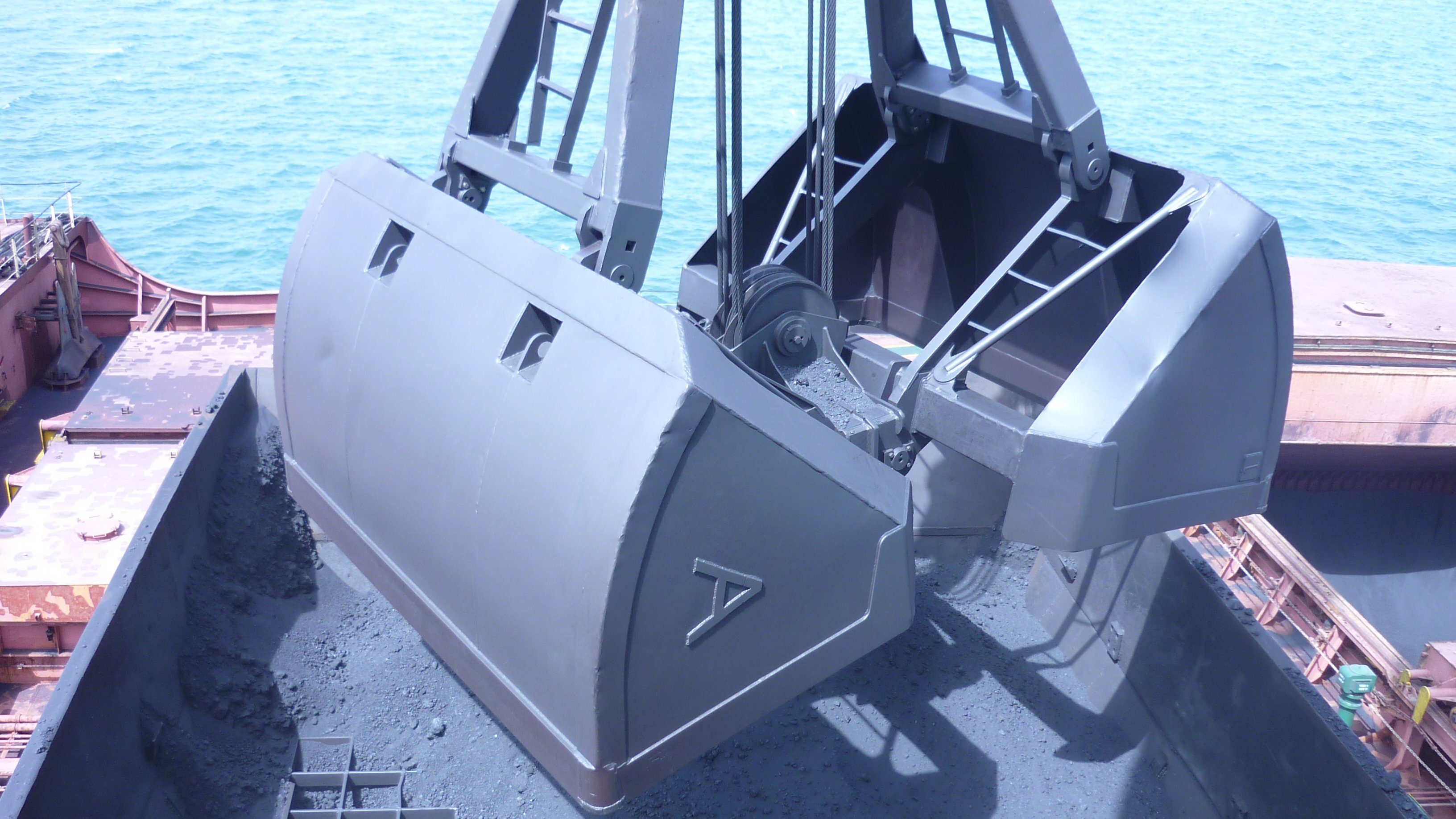Challenge
The Calciner & Marine terminal plays a vital role in supply of raw material to the Alba smelter, as a result, any breakdown could cause major operational issues and prolonged production outage in the Alba smelter.
The existing outdated control system – older Allen-Bradley® PLC5 and SLC 500 PLCs that relied on legacy DH+™, ControlNet™ and DeviceNet™ network for communication – was difficult to maintain, due to the limitations of the legacy communication network and the unavailability of spares.
The HMI solution employed Allen-Bradley PanelView™ 1000 and PanelView 1400e HMIs, which had, by this stage, also become obsolete.
Failures in the overloaded ControlNet network had already caused several trips, causing large production outages in the past. In this regard it was felt that that a technology upgrade was urgently needed in order to provide high availability, better maintainability and improved performance.
The existing design of the control system was based on all the PLCs communicating using a redundant ControlNet backbone. The addition of any new components required the rescheduling and restart of ControlNet – a fact that also placed severe restrictions on the addition of expansion and modifications.
With regards to the upgrade, each and every legacy controller was crucial to the plant's operation and ran on its own dedicated (and complicated) network; therefore the engineers had to swap networks on the fly to keep the plant running. These issues were compounded by the sheer scale of the plant and the extremely limited downtime they had to get the plant fully operational, albeit with a new control architecture.
A defined upgrade path was put into place to replace all the PLCs and HMIs and to redesign the communication network by replacing the existing DH+, ControlNet and DeviceNet network with a standard, single EtherNet/IP™ network.
To keep the costs down, it was decided to utilise the existing ControlNet fibre optic cable for the new Ethernet network. The PLC software also had to be migrated using current engineering standards and best practices.
Since the plant is required to be operational 24/7, obtaining a suitable downtime window for such a large upgrade proved difficult.
Also, during the transition phase, newly commissioned systems were required to communicate with the existing old system in order to keep the plant operating; this significantly increased the complexity of the upgrade.

